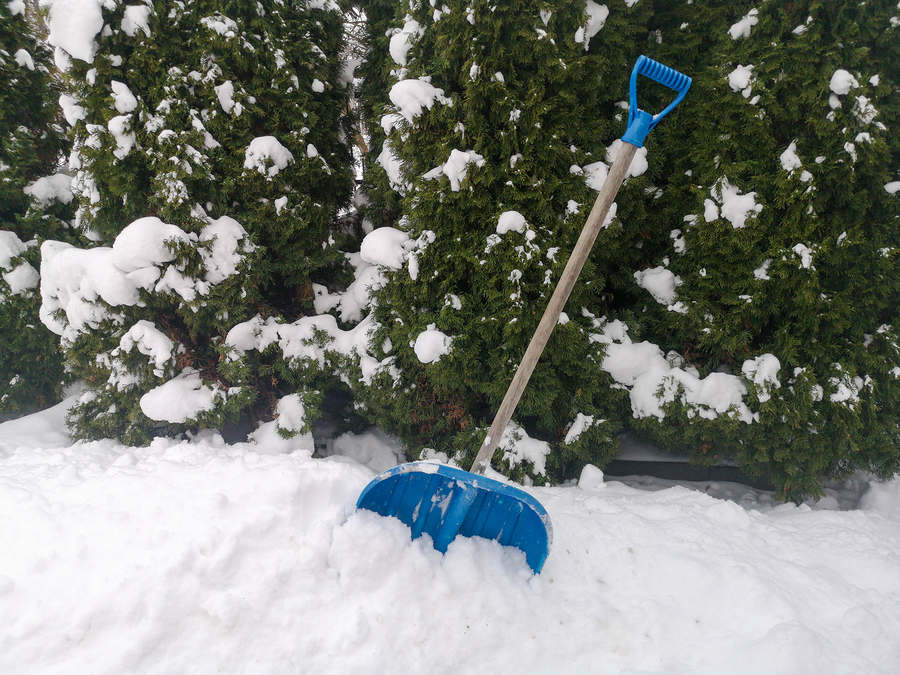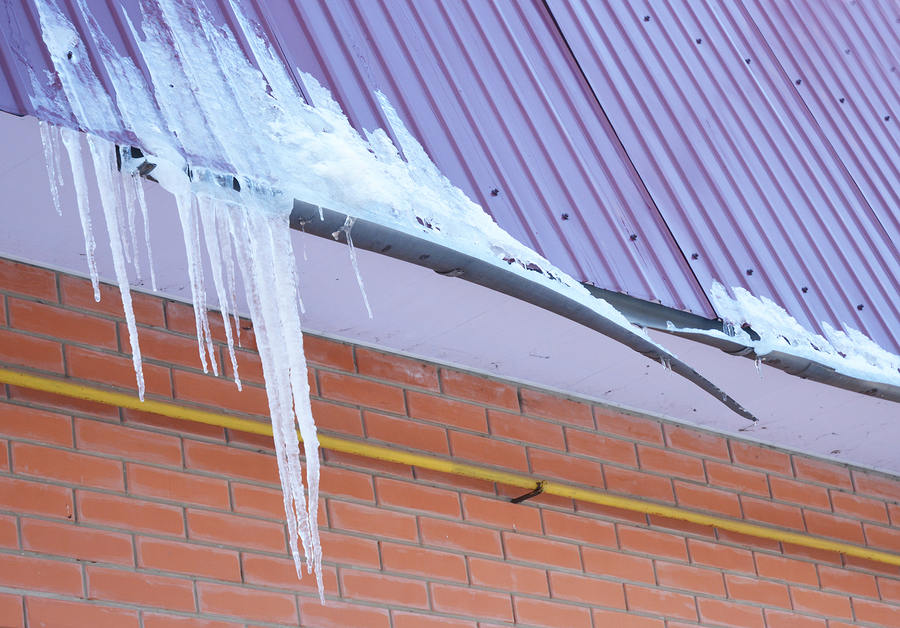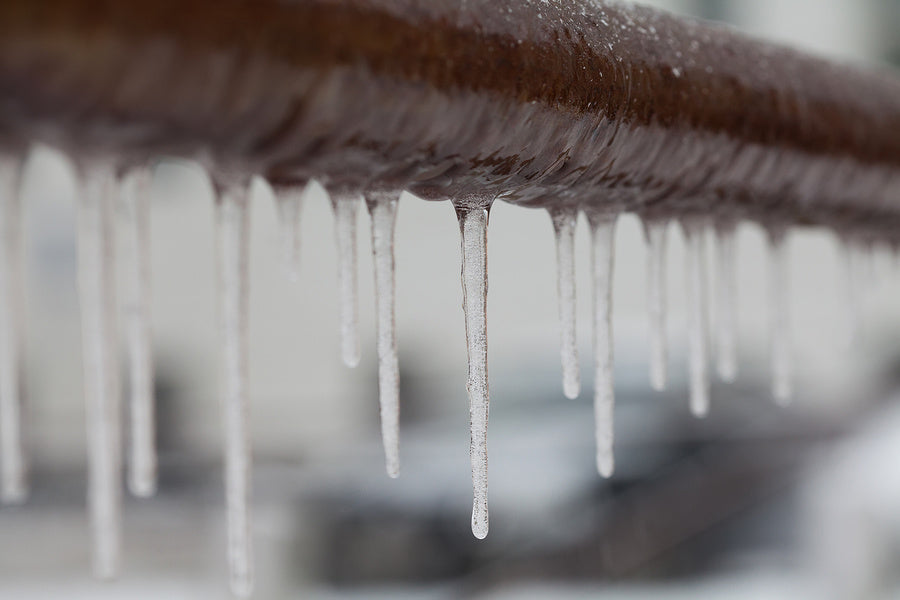There’s no question that snow removal is a necessity when it comes to maintaining safety during the winter months. Unfortunately, some of the methods used for removing ice and snow simply aren’t good for the earth.
The use of one of the most damaging snow removal methods, rock salt, has been on the rise over the years and has increased from about 16 tons when it was first used during the 1940s to the current 20 million or so tons used annually in the United States alone.
The result is that the runoff from this massive amount of salt is having a devastating effect on lakes, waterways, wildlife and fish. Large concentrations of salt can now be found in an alarming number of lakes – almost 8,000 in the Great Lakes region alone – and are resulting in biological dead zones. While the problem won’t be solved overnight, the topic of sustainable snow removal is an important one and it’s worth considering what each of us can do in our own environments, our homes, to collectively make a difference.
Here are six eco-friendly options for snow removal.
- Shoveling
Shoveling snow certainly has its drawbacks, such as the necessity to be outside in inclement weather, the potential for injury, and the need to continue shoveling in order to stay on top of accumulating snow. Having said that, if done with the proper technique and with the proper ergonomic shovel, this eco-friendly snow removal option has some benefits, as well: it’s a great workout and a possible opportunity for quality family time. It can also be an opportunity to provide financial help to someone in your neighborhood who could use the income.
- Electric Snow Blower
Using a snow blower is an option for snow removal, and using one that’s electric makes it eco-friendly. Gas-powered devices of any kind dump toxins into the atmosphere that are harmful on many levels. Using an electric snow blower is a good way to automate the snow removal process while doing it in an environmentally friendly way.
- “Green” and Eco-Friendly De-icers
There are some interesting de-icing alternatives to rock salt out there. For example, some products marketed as “eco-friendly” combine corrosion inhibiting agents such as calcium magnesium acetate with the salt to make it less damaging. Other alternatives include:
- Alfalfa meal – This is a fertilizer that has a grainy texture, so in addition to being an eco-friendly de-icer, it also increases traction. Runoff can be helpful to surrounding plants and landscape and, since it’s also used as feed for animals, it’s not harmful to pets or wildlife.
- Sugar beet juice – This alternative is being used municipally in the US and Canada. Like most de-icers, it works by lowering ice- and snow-melting points.
- Coffee grounds – Similar to alfalfa meal, coarsely ground coffee grounds can act as both a de-icer and a traction-boosting agent. The runoff from coffee grounds also fertilizes surrounding landscaping.
The EPA has a list of the best eco-friendly de-icers on its Design for the Environment list.
- Traction-Boosting Agents
While traction-boosting agents don’t melt or remove snow, they do enhance safety and, depending on the agent used, can be an eco-friendly way to manage snow. Sand, sawdust and fireplace ash, for example, are substances that can be scattered on driveways and walkways to increase traction. They can also be combined with an eco-friendly de-icer to promote snow removal while increasing safety.
Kitty litter is another alternative, however it should be a very basic, inexpensive clay-based product that doesn’t include the chemicals, dyes and perfumes that more expensive brands contain.
- Heated Driveways
Heated driveways are a snow removal alternative that is effective and requires little to no maintenance. However, some would argue that the higher cost of operation rules out heated driveways from the “Eco-friendly” category. This is also an expensive option and thus may not be a practical choice for many people.
Heated snow melting mats are an Eco-friendly snow melting alternative. They are made out of durable thermoplastics designed to be left outdoors all winter long and have a relatively low cost of operation of about $1 per day. They have literally no effect on their surrounding environment, effectively melt about 2 inches of snow per hour, and are designed with the highest electrical safety standards, making them safe for pets and people.
Managing snow and ice can be done in a responsible way that is also effective, low-maintenance and cost-efficient. Making an informed decision about how to do it will not only keep our homes and families safer, but, depending on the method you choose, it can help protect the environment and move us toward a more sustainable future.


